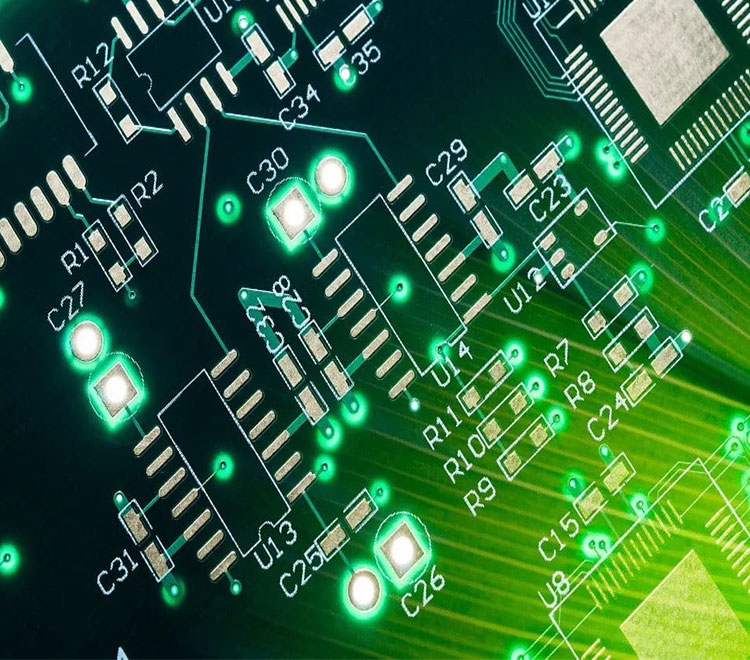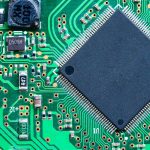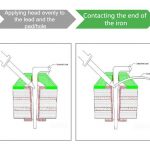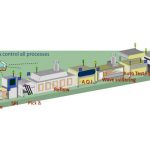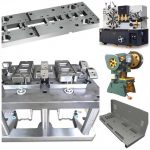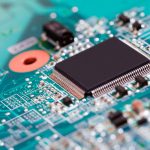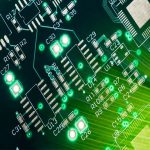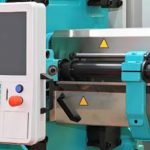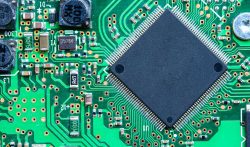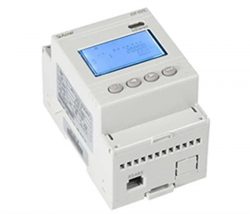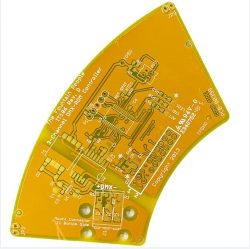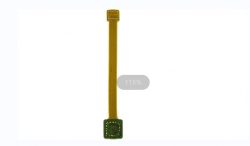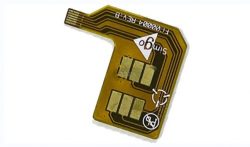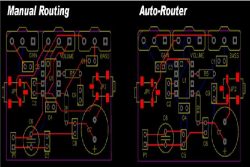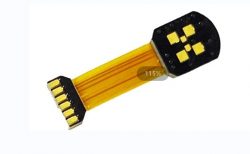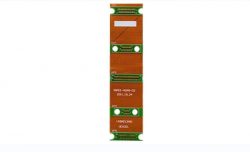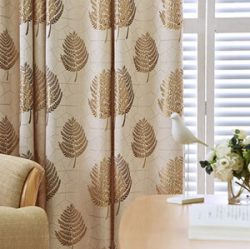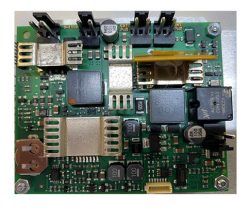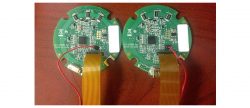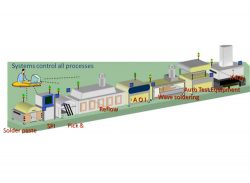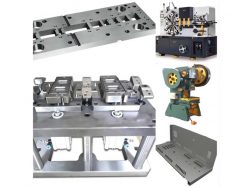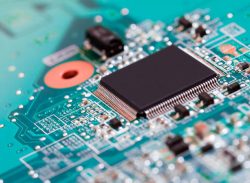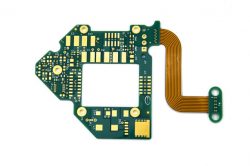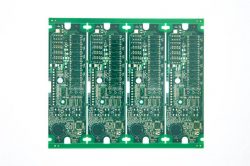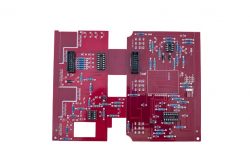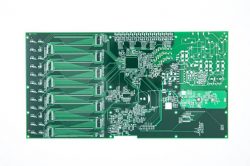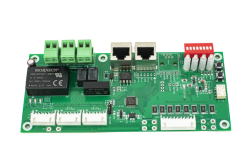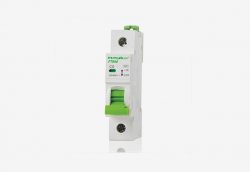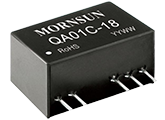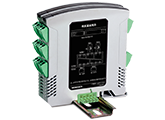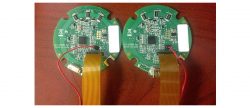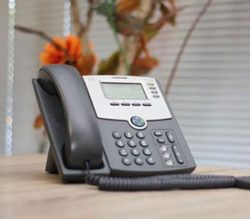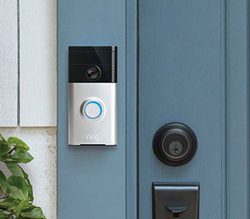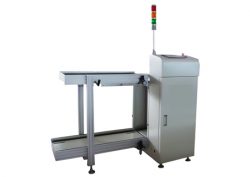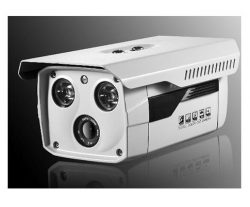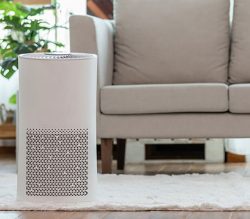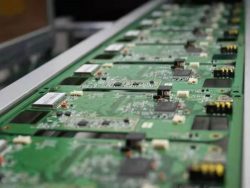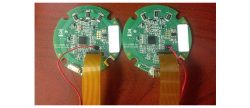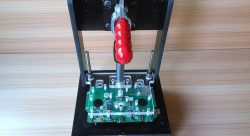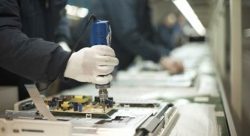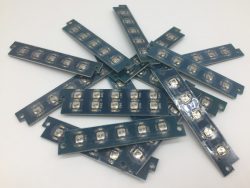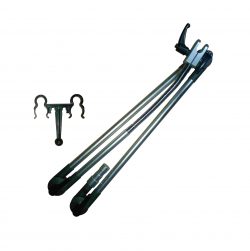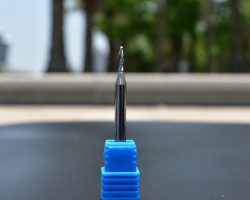Printed Circuit Board
There is a wide range of PCB manufacturing services offered by GreensTone. We specialize in manufacturing kinds of PCBs such as FR4 PCB, heavy copper PCB, HDI PCB, High-TG PCB, multi-layer PCB, rigid PCB and etc.
Types of Printed Circuit Board
PCB Capability
GreensTone provides 1-8 layers PCB manufacture, including FR4 PCB, Hi-tg PCB, thick copper PCB, single layer or multi-layer PCB with conventional HASL, Lead-free HASL,Falsh Gold, ENIG (Immersion Gold) OSP(Entek), Immersion Tin, Immersion Silver, Hard Gold and so on.
PCB Surface
Common PCB surface treatment technologies which GreensTone may use when manufacturing PCBs are HASL (hot air solder leveling), organic coating (OSP), electroless nickel/gold, immersion silver, immersion gold, and etc.
FR4 PCB
FR4 is the most important material in the PCB assembly. Electric engineers and technicians normally design PCB boards with the FR4 PCB. There is a big demand for FR4. FR4 printed circuit board is normal and easy to design. The FR4 PCBs are popular as they are cost effective and can be widely used.
High-TG PCB
Normally FR4 Tg is 130-140°, moderate Tg is over 150-160 °, High-Tg is greater than 170°.The higher of Tg, the better performance of PCB moisture resistance, heat resistance, chemical resistance, stability and other characteristics.
Read More
High-TG PCB
Heavy Copper PCB
Thick copper PCBs are characterized by being covered with copper thicknesses from 3oz to 400 µm. These PCBs are used for high current outputs and high thermal management. The heavy copper allows PCB for high currents load and encourages heat radiation.
PCB Capability
PCB Surface
FR4 PCB
High-TG PCB
Heavy Copper PCB
What is PCB?
PCB is the abbreviation of the printed circuit board. PCB composed by insulated baseboard, pads for electronic components and copper foil connecting wires. PCB can replace complex wiring to achieve circuit connection between components in the circuit.
PCB is the motherboard of electronic components. Before the advent of PCB, the interconnection between electronic components was done directly by wires. Today, PCB has been widely used in the electronics industry, due to the PCB tecnology, manual wiring errors can be avoided, and electronic components can be automatically DIP or SMT, automatic soldering, and automatic detection, ensuring the quality of electronic device and improving labor productivity, reduce costs as well.
What Is the Difference Between PCB And PCBA?
PCB is a blank circuit board without any electronic components soldered on. It just composed by baseboard with pads and copper foil connection wires.
PCBA is a complete assembled board with electronic components. We apply surface mount technology and through-hole soldering technology solder the components onto the board. The components are soldered to the board can be SMD, through hole, UBGA, QFN, POP, leadless chips, connectors and terminals.
PCB Manufacture Step by Step
Preproducing engineering checking
Board cutting
Print inner layer
Eych inner layer
AOI
Layer up and bond
Drilling the PCB
Electroless copper deposition
Image teh outer layer
Plating
Etch the outter layer
AOI
Solder mask
Surface finish
Profile
Electrical test
Finial inspection
Packing
